I met Daniel Winkler’s welcoming and witty character at my first Puget Sound Mycological Society’s (PSMS) all-member monthly meeting. He probably said a friendly hello on my way in and then made an announcement or two before the speaker’s presentation. Six years later he continues to be one of the most inspiring and affable mycologists for his aptitude in bringing the wisdom and culture of the fungi with him wherever he goes.
When asked about his fungal resume, Winkler remarks that he began mushrooming “as soon as he could keep up with his family in the forest”. He grew up in Munich, Bavaria to a family of fungophiles. By the age of four he began finding Steinpilz (Boletus edulis) with his family, and soon after graduated to happily supplying them with chanterelles and hedgehogs in addition. By the age of six or seven, he was out with a school friend’s family and insisted on picking and later dining on Parasols (Macrolepiota procera, the European kind, which are “bigger and better”). Looking back, Winkler hopes the parents double checked on this self assured six-year-old’s foraging abilities. Winkler has since been one of the mycologists who loves eating mushrooms almost as much as he enjoys finding them (or maybe the other way around?).

With a background in physical geography, ecology, forestry, and biology, his areas of expertise led him into a career studying environmental issues in the Himalayas and rural Tibet’s incredible fungal economy (with an emphasis on Yartsa gunbu -- Caterpillar fungus, or Ophiocordyceps sinensis). His curiosity for neotropical fungi soon awoke and Winkler began conducting annual trips to the Amazon, where he documented some Cordyceps species that were new to science. Currently he is working for Amazon Conservation Team on edible tropical mushrooms in Suriname. Though much of his work guides him abroad (see his fungal eco-tours appropriately called MushRoaming), his local expertise has led to authoring publications like “A Field Guide to Edible Mushrooms of the Pacific Northwest”, co-authoring (with Robert Rogers) “A Field Guide to Medicinal Mushrooms of North America”, and a soon-to-be-published MycoCards of "Boletes of Western North America" created with Gary Gilbert.
One of his many undertakings is being a project leader for Bridle Trails Funga Study, a PSMS sponsored FunDiS project with the goal of describing the fungal population that dwells inside of Bridle Trails State Park (BTSP) in Kirkland, Washington, a suburb of Seattle. PSMS has a record of conducting field studies, like a Morel Project and the Shadow Bog Fungi Inventory Project, but the club hadn’t formed any field studies in some years. In 2016, PSMS once again took up the task of contributing observations to local mycology, with Winkler playing a key role. As one of the largest mycological societies in North America (founded in 1964), PSMS began contributing fungal observations not just for science, but also to what was known as the North American MycoFlora Project, or what is now proudly named the Fungal Diversity Survey (FunDiS).
After a few failed attempts of getting anything off the ground, Winkler, PSMS’ Vice President at the time, took the project under his wing. The project was denied access to the old growth stands at Cedar River Watershed Management area, but a long-held connection proved to be fruitful (pun intended). In February of 2016, Winkler, along with club members Carlos Cruz, Milton Tam, Kim Traverse, Paul Hill, and Wren Hudgins, met with the ranger of Bridle Trails State Park and Jim Erckmann, the director of the Bridle Trails Park Foundation (BTPF).
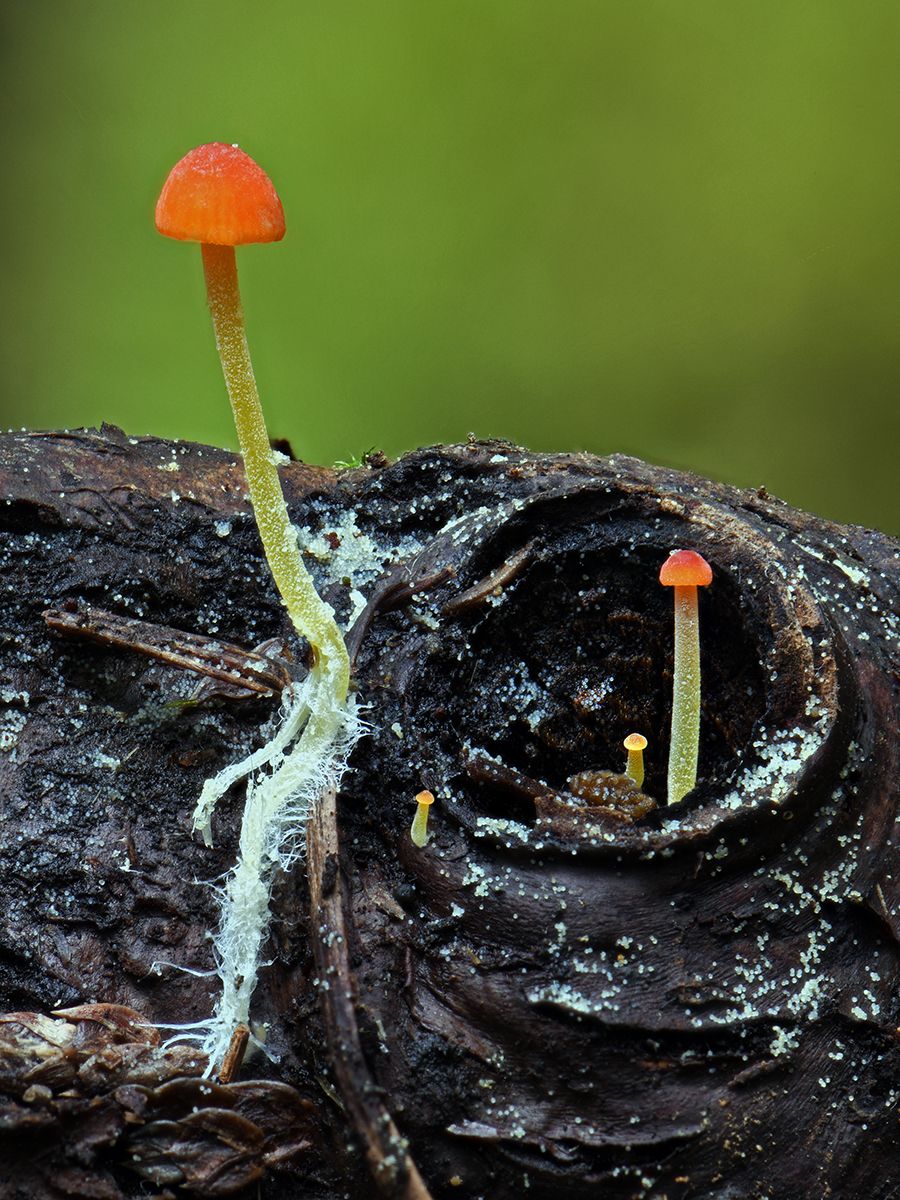
Jim Erckmann, a retired ecologist who, as Winkler notes, has a “soft spot” for mushrooms, had already organized mushroom walks in the park for years. Starting in the late 2000s, Joe Ammirati (UW Mycology professor), Luke Bayler, Colin Meyer, and Winkler himself began frequenting BTSP as fungal guides and surveyors. It was that day in February of 2016 when Erckmann’s pre-existing relationships with PSMS transformed into becoming host for a PSMS sponsored fungal diversity survey. Erckmann and the park ranger assured full support of the study with one unique requirement -- to respect the park’s horses and riders, which meant stepping to the side and making eye contact with the rider when a horse waltzes down the trail.
The project finally had a site to call home, thanks to strengthening the pre-existing bond with Erckmann, who still doesn’t eat more than 2 or 3 mushroom species despite Winkler’s coaxing. In 2017, former eternal PSMS secretary Luise Asif stepped in to take on pivotal roles as the project’s key administrator and communications coordinator. Bridle Trails Funga also wouldn’t be at its current state if it weren’t for the other project leader -- Danny Miller, whose passion and commitment for sequencing (with over 1,000 DNA results) is spearheading taxonomic revelations in Bridle Trails State Park as well as the greater Pacific Northwest Region.
Bridle Trails State Park is 550 acres, and very centrally located -- halfway between Winkler’s home and PSMS’ meeting location in Seattle. The park was last logged between 1880 and 1930, so the forest is about 90 to 140 years old, with trees over 200 years in age. Winkler adds, “It is nice to know the survey area will not be logged.” The park is a typical lowland hemlock, Douglas fir forest with some cedar, cottonwoods, big leaf maple, vine maple, and willows. And yes, there are coprophilous fungi that add to the fungal biodiversity, thanks to the horse dung.
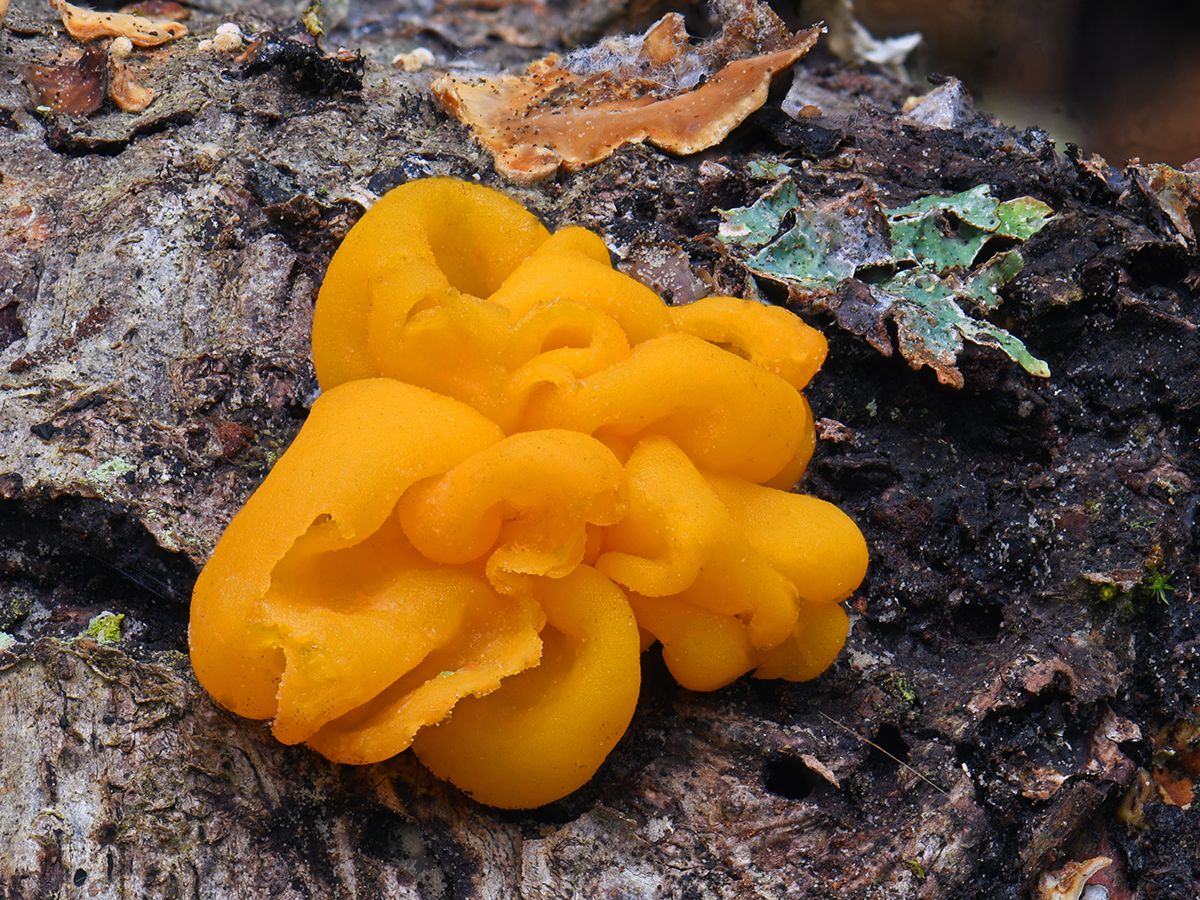
One of the project’s initial uncertainties was deciding their collection methodology -- if they should take 20x20 plot transects or conduct observations less formally. They decided to forgo transects because they didn’t want to limit themselves. This decision could also assist in discovering more of the park’s fungal diversity and afford citizen science interest, as it is more fun to meander through the undergrowth at our own snail’s pace than it would be painstakingly setting up a transect. Bridle Trails Funga concluded that as a citizen science project they want to focus on specimens and not on adhering to the transect formula. Part of the project motivation was to introduce PSMS members to the excitement and joy of exploring non-edibles and to improve ID capacity in general.
And so the survey began. For a couple seasons out of the year, Asif sends email notifications through the Bridle Trails Funga Listserv reminding club members of the bi-weekly survey. The date rotates every other Monday or Sunday, which allows volunteers of differing work schedules the opportunity to partake. Volunteer regularity has been secondary to availability of volunteer hours. A group of citizen mycologists with Bridle Trails Funga could be anywhere from four to fourteen. Some are quite dedicated, especially when they live nearby. Others might come to experience the park for the first time -- rain or shine.

Having been in PSMS for 25 years, Winkler mentions that all club activities could always do with more volunteers, so the coming and going is not something to be upset about. “It’s just doing what we can and the results we get definitely justify it worth while. In the end, everybody benefits from the beginner to the expert.” This is something I find very important about the project. They try not to be exclusive in any way, and advocate for people to take up the responsibilities and make it their own.
For many volunteers, the work is done once they leave the forest, but for the project leaders the drying, cataloguing, labeling, organizing, storing, and eventual sequencing is a consistent affair. This is another common citizen science survey limitation, but it’s a well known obligation that comes with the territory. Winkler discusses an interest in rousing enough enthusiasm that somewhere down the road a volunteer develops a passion for Inocybe, or Mycena, and creates their own subproject. “The hope is to build a collection over the years and if somebody gets into it and wants to focus on a group or genus, or if somebody gets really into soil fungi, that would be amazing. It really depends on the people’s interests.” Winkler is welcoming to future developments. With being a project of the mycological society, this mycelial knowledge also spreads within all the identifiers in the club, and thus can be absorbed and shared for time to come.
Winkler and the Bridle Trails Funga team have been paving a road that doesn’t have many pre-existing models. They’ve been experimenting, exploring, and innovating as they go. Sure, Winkler professes they’re no golden standard, but I think that’s why this project is so earnest and inviting. Their methods of photography and collection might be on the “rough” side of scientific observation to some, but the key is really the final step of genetic sequencing that makes the collection taxonomically valuable.
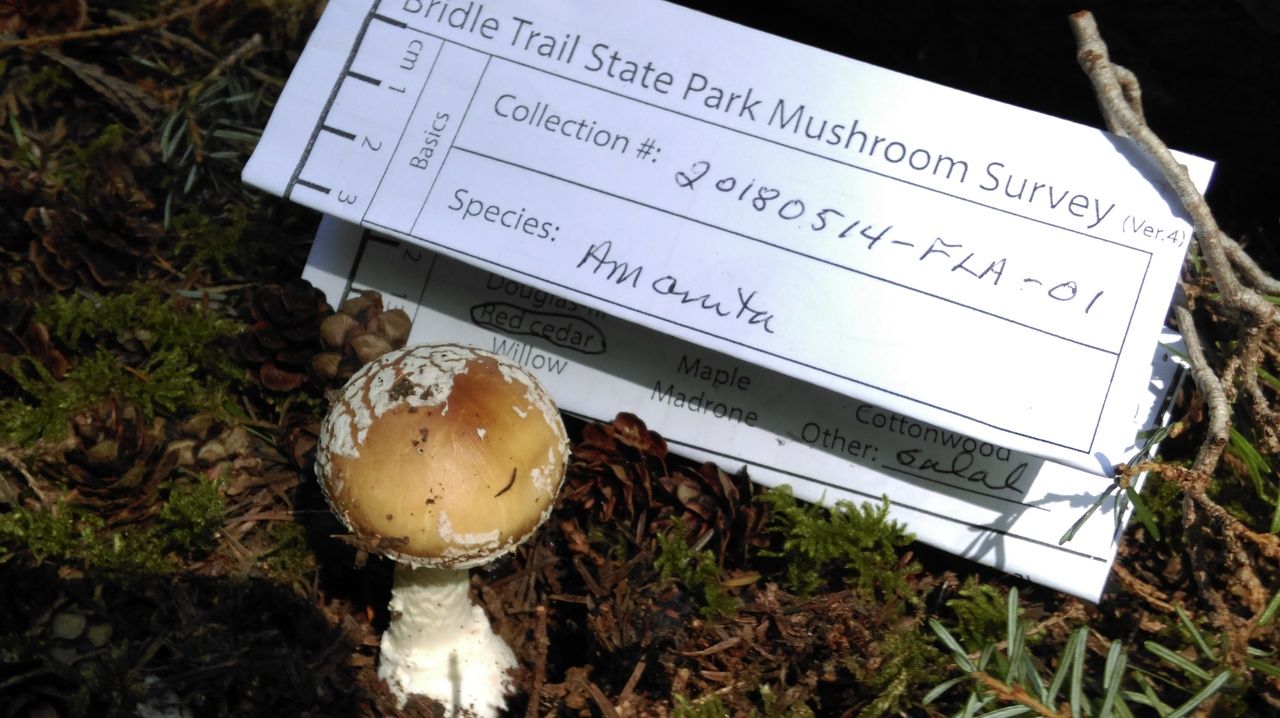
The project documents each find using iNaturalist. iNaturalist provides a great mapping database to help mycologists like Winkler understand species distribution across the globe. During the group outing everybody learns how to take a proper mushroom picture, write a collections label, and successfully upload the observation as a part of the project. Though most specimens are documented with participants' cell phones, Winkler swears on taking macro photos wit his DSLR mounted on a tripod using Helicon photo staking and photoshop software. “Who needs a magnifying glass when you can take these incredible sharp photos and blow it up on your screen -- seeing every tiny fiber?” Besides iNaturalist, the project keeps a spreadsheet of the collections, with iNaturalist link and DNA sequence pasted in columns. Winkler notes that it’s crucial to have access to your collections off line as well.
Sequencing had been funded by PSMS events (typically reliant on how big the fall mushroom show is), FunDiS grants made available by the North American Mycological Association, and by taking advantage of free sequencing opportunities from National Bio Blitzes. As with any fungal survey, challenges present. Their first collection of 30 species got lost and mixed up in the sequencing process. Fortunately, they still had their collections and could resubmit a tiny tissue sample to the lab. Winkler recalls a handful of PSMS members sitting around a table attempting their first tissue samples of tiny ascomycetes that dry up to an almost microscopic size. “You want to take a tissue sample out of this dried specimen when the whole thing hardly fits in your tweezers? Yeah, this was an interesting experience.”
The project is happy to be catching up with DNA sequencing in the past few years. Winkler explains that since their identifications are being confirmed by DNA, it’s a whole different level of knowing what you’re looking at. It’s very gratifying to have that confirmation, and sometimes it might be a bit frustrating. Some 500 specimens from the park have been collected and documented to date with over 200 species sequenced. One of the most exciting of the project’s taxonomic finds is rewriting the distribution of the Deer Mushroom -- Pluteus cervinus, which was understood to be restricted to California. P. exilis was supposedly Pacific Northwest’s Deer Mushroom, but DNA has told us that the park actually has Pluteus cervinus, thereby extending the range. The two species are too alike to tell without DNA sequencing.

The Bridle Trails Funga project has already sequenced species that have yet to be recorded in the region and might be new introductions to the Pacific Northwest. It may be too soon to really determine the species, but it's an incredible incentive to continue collecting and sequencing. A species eerily similar to that of Alabama’s Gymnopus earleae has been sequenced in the park. Other possible new introductions include Psathyrella cortinarioides and a new Paxillus species. Many of these species were likely mistaken for more common lookalikes.
A number of species in the park are being confirmed, which feels a lot better than making your best guess based on morphology. This survey has confirmed that there are a number of official European species growing in the park including Coprinellus micaceus (Mica Cap), Clitocybe nuda (Blewitt), and Panaeolus papilionaceus. It's interesting to find that these saprobic mushrooms that are found in urban areas tend to spread across the globe in ways that mycorrhizal mushrooms can’t, without their host tree.
There are species with a lot of genetic variety, such as Agrocybe praecox, with hundreds of sequences on the internet titled “Agrocybe praecox”, which more likely represents half a dozen species. DNA can be a leading force in fungal taxonomy, but distinguishing these species might depend on also comparing their ecology, morphology, and microscopy, which is why it is still so important to take good field notes. According to Danny Miller, the difference between a mushroom growing on the ground versus on wood (and the species of wood) is the number one indicator of species being related.
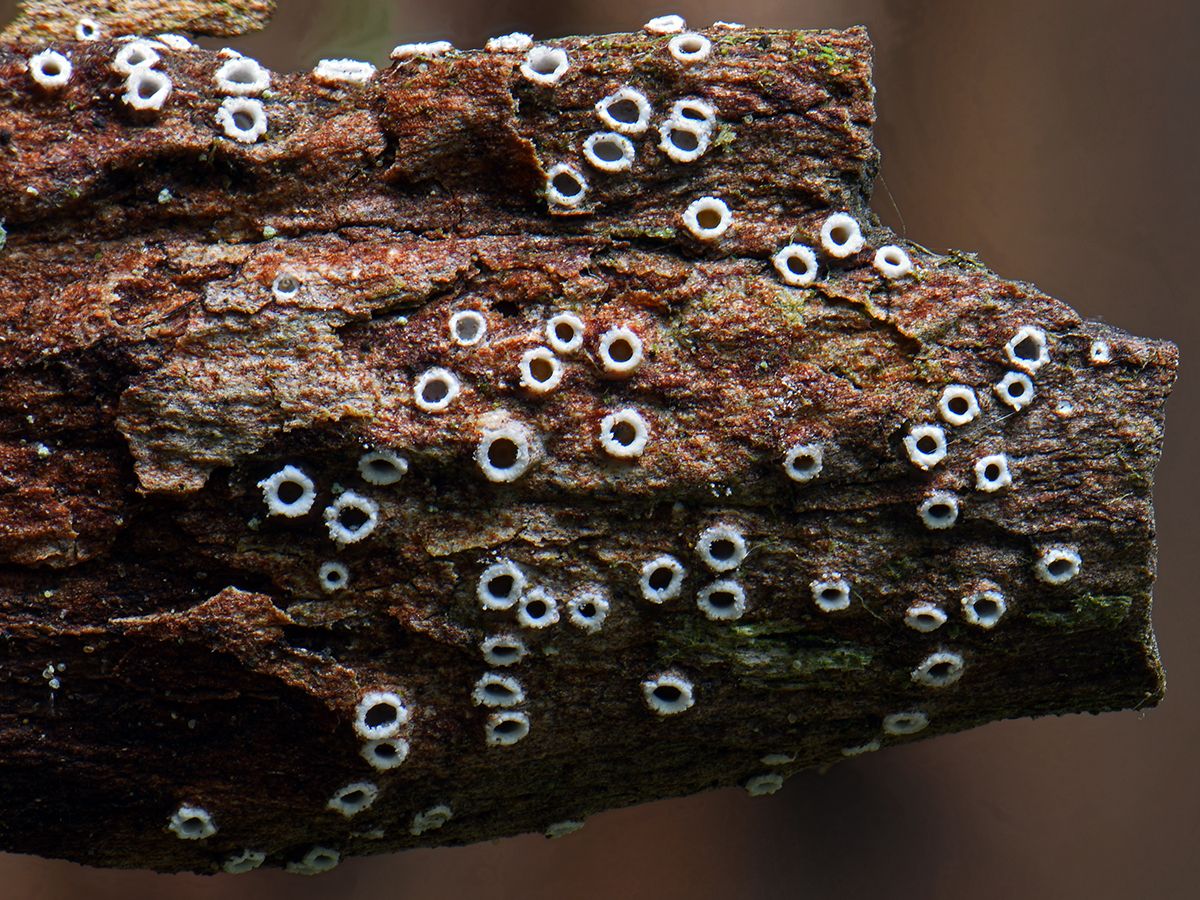
And then there are species the BTF project has sequenced with DNA that is just a bit too different from the closest matching specimen. These collections include Lepiota felina, Clitocybe fragrans, and Coprinopsis lagopus, and might lead research into new species or species groups. With just a tiny percentage of their sequence results back, Bridle Trails Funga is actively showing how little we really know about the mushrooms we see, and how much surveying needs to be done.
As 2020 wasn’t the kindest year for group outings, citizen science took a toll. Bridle Trails Funga didn’t officially collect for the year 2020, as is likely for other FunDiS projects. Though he has kept plenty busy, Winkler is looking forward to more surveying once the metaphorical smoke clears. His advice for upcoming FunDiS projects? “Keep it simple when you start. Make sure you document your locality, time, and specimens. The better the picture, and specimen, the happier you will be working with it. And, maybe, don’t think that everything will be perfect from the beginning. Give yourself some space and grow into it.”
Participating in this project has been one of the most enjoyable and formative experiences in my personal myco-path, as spending time with mycologists in their home forest is not the most common (we’re on the right track!). I hope this Bridle Trails Case study inspires more FunDiS projects to get their boots on the ground and to get to know their fungi. Here’s to the taxonomic innovations on the horizon and to the growing success of projects like Bridle Trails Funga. In the words of Daniel Winkler, who has enjoyed eating over 57 mushroom species this fall, “The more people who share the responsibility -- the more fun you have.”
Thanks to Daniel Winkler, the Bridle Trails Funga crew, and the Puget Sound Mycological Society!
To learn more about Daniel, his projects, photography, and MushRoaming adventures, go to mushroaming.com.

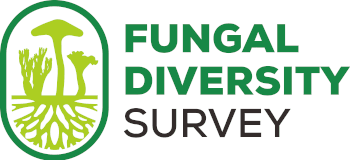

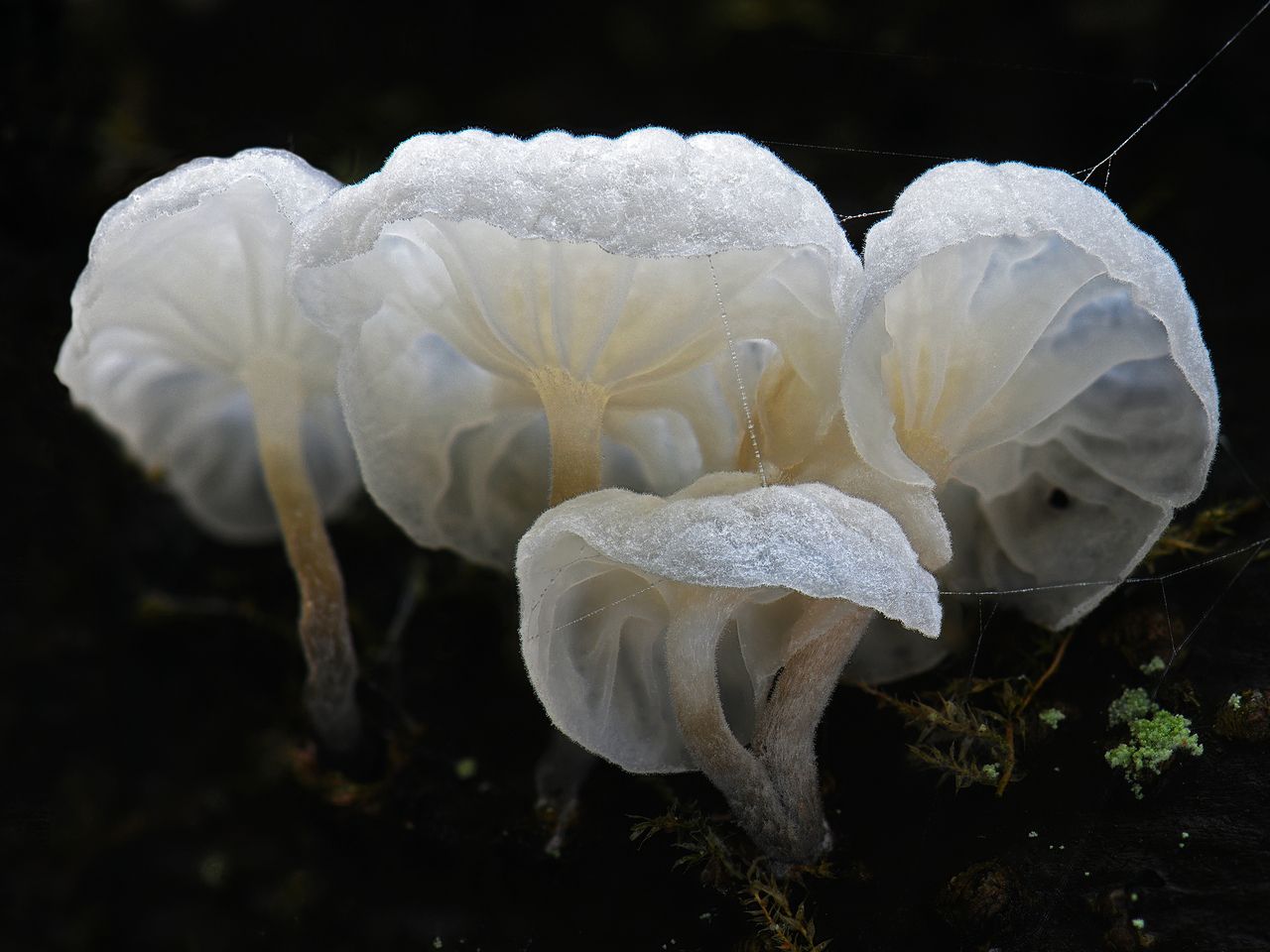
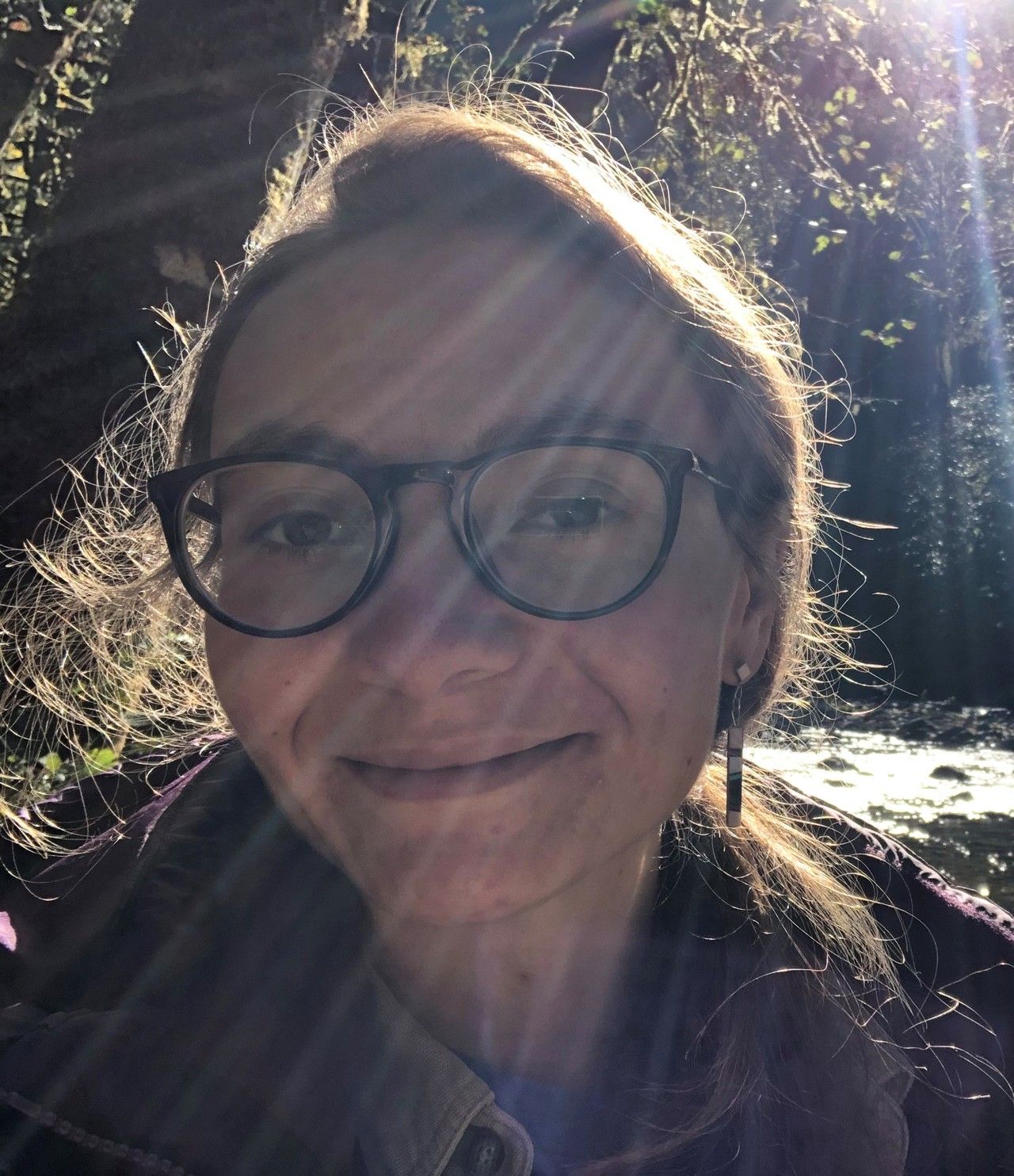

Comments